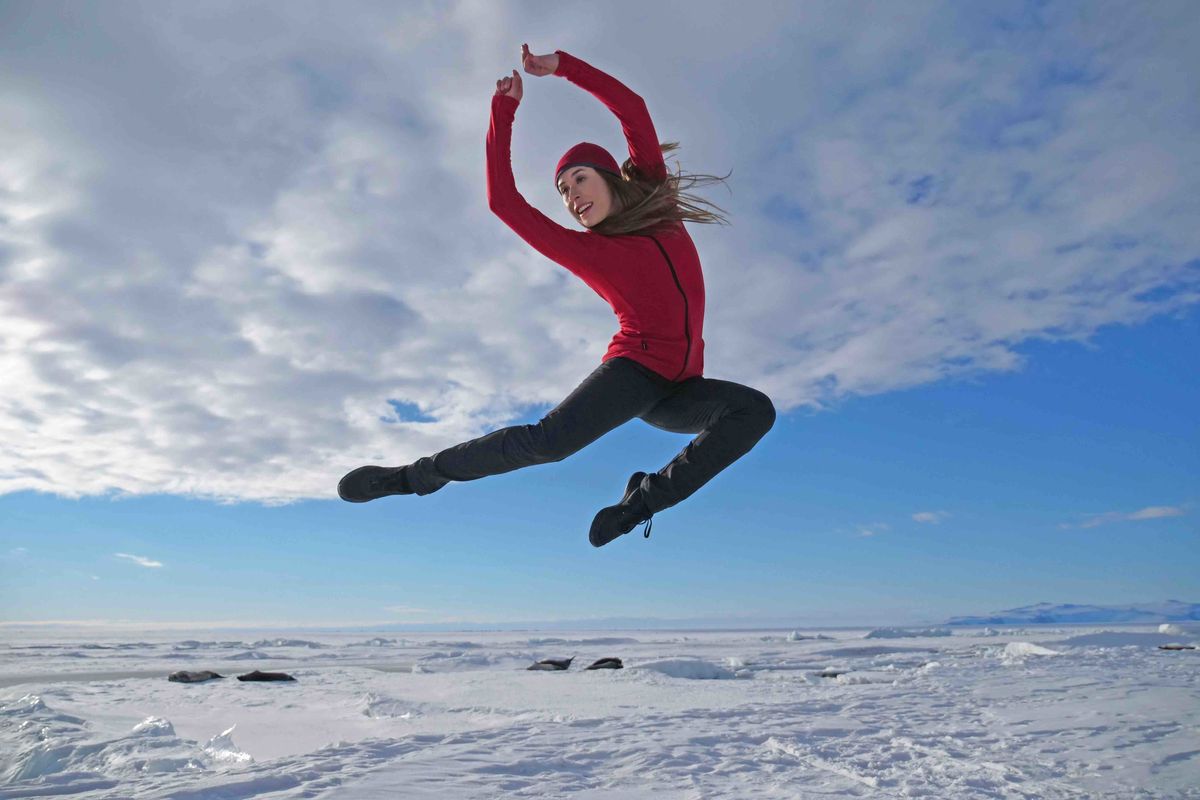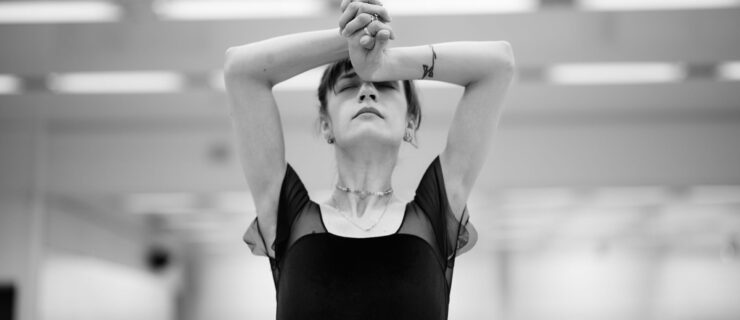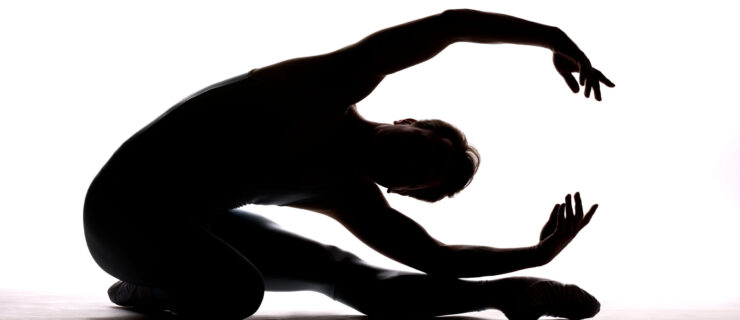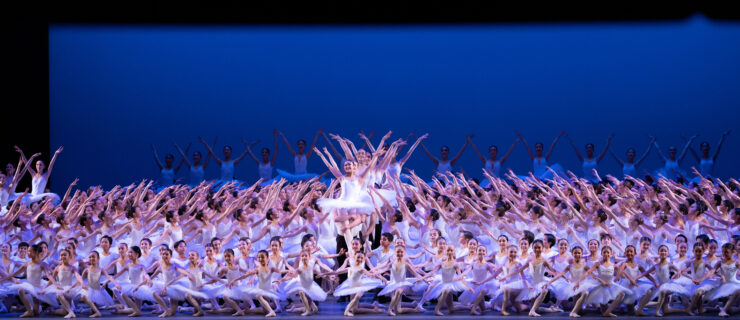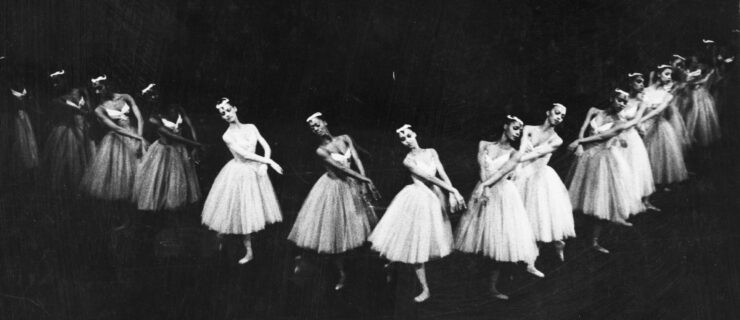What's It Like to Dance in Antarctica? This Royal New Zealand Ballet Dancer Experienced It Firsthand to Call Attention to Climate Change
“When you turn up at someone’s door saying, ‘I would like to make the first dance in Antarctica,’ they often call you crazy.”
So says Kiwi choreographer and former ballet dancer Corey Baker. Luckily, his persistence paid off. On Sunday, April 22 (that’s Earth Day, everybody), Baker, who now directs the U.K.–based Corey Baker Dance, is releasing his short film “Antarctica: The First Dance.” Commissioned by Random Acts for Channel 4 and The Space (UK), the four-minute film stars Royal New Zealand Ballet dancer Madeleine Graham—who performed in unimaginably frigid conditions to promote Baker’s very important message. “I wanted to highlight Antarctica’s epic landscape and vast beauty, but at the same time show that it is under threat,” he says. “Climate change impact is real and immediate. By showing up-close the beauty of this incredible place, people can feel closer to something that may otherwise seem abstract and unconnected.”
The film, which will debut on Random Acts’ Facebook page at 11 am BST, took about three years of planning, says Baker, who worked closely with government agency Antarctica New Zealand. He approached RNZB to audition dancers, describing the conditions they would have to endure. “Half the company was clearly turned off from that and didn’t apply,” he says. Not Graham. “Very few people get to go to the icy continent,” she says, “so to go there for my job is pretty remarkable and something I’ll cherish.”
To prepare, Graham and Baker spent time creating together on various surfaces—in the studio, outdoors and even at an ice rink. They also spent a day in the “snow room” at Christchurch’s International Antarctica Centre. But the actual choreography had to wait to be done on site. “There was nothing that could really prepare us,” Graham admits. “The Antarctica Centre was the closest we got to the conditions we could expect, and we learned very quickly that the movement we anticipated to perform may not work as well as previously thought.”
After some initial delays, the choreographer, dancer and crew spent seven days filming on the icy continent. Because it was summer there, they experienced 24-hour daylight.
“The conditions were very hard and strenuous on Maddy, mainly because there were no rehearsals—she couldn’t go away and refine,” says Baker. “The conditions were the opposite of what a dancer needs to thrive: little sleep, 24-hour light, unstable ground and temperatures in double digits below zero.”
Graham would warm up at the Scott Base Gym at New Zealand’s Antarctic base before putting on several layers of thermals underneath her clothing. She worked with a variety of shoes with different grips, depending on what type of surface was underfoot. The team would travel to a new location each day, where Graham’s duties included more than simply dancing on ice—she also had to abseil down crevasses, climb icefalls on a rope and slide down ski-fields. “We made sure that I was only exposed to the cold when needed and rehearsed it through with correct camera angles and lots of layers prior,” says Graham. She also took plenty of breaks to get warm again, she says, “especially for my hands, as they were often exposed for close-up camera shots.”
Despite the conditions, Baker notes that being so disconnected from the rest of the world was an “amazing” experience. Graham agrees: “I’ve never felt so alive. I came back with a completely new outlook on life.”
After all their hard work, Earth Day seems like the perfect opportunity to promote their message on climate change. Bonus: you can watch the film on Pointe‘s Facebook page on Sunday starting at 8:30 am EST!
